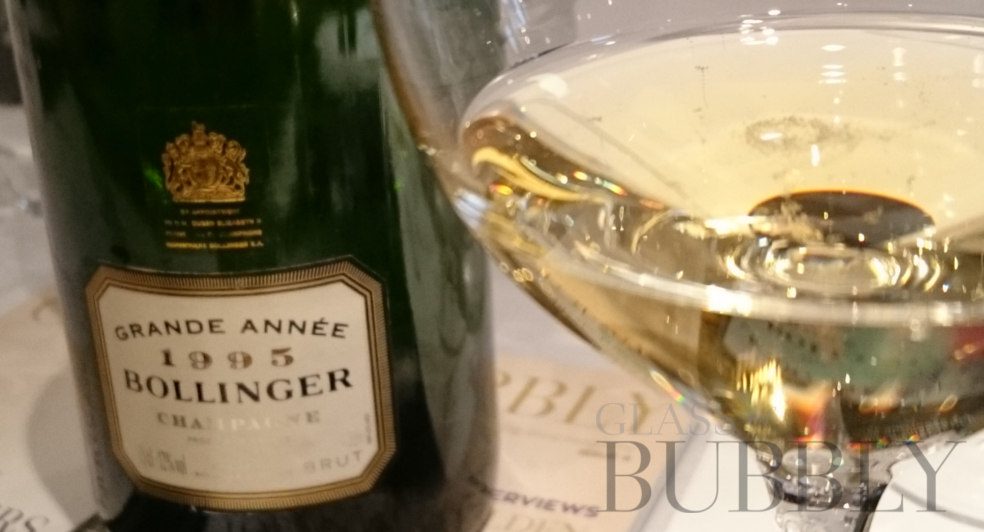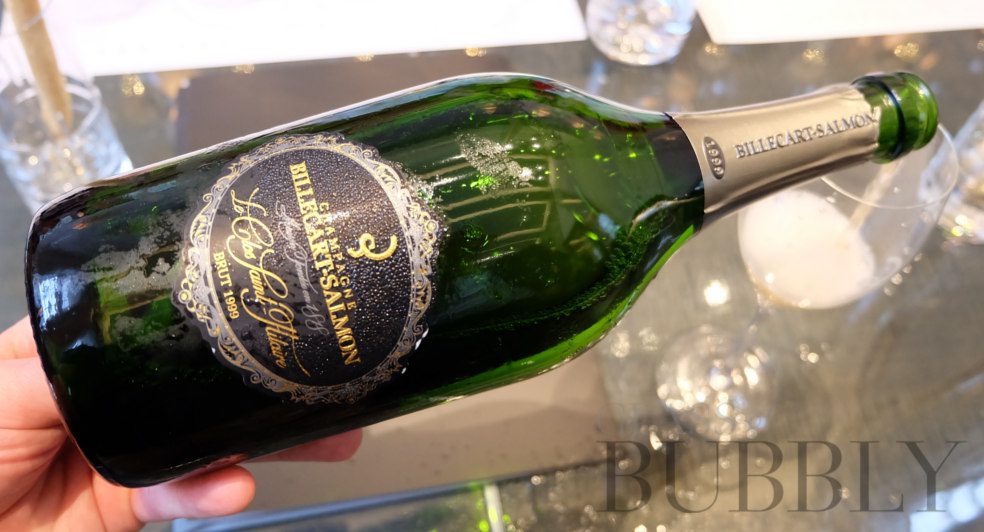Champagne Vintage Years: 1990’s
23rd March 2023

A decade of Champagne production between 1990 and 1999 saw exceptional vintages being declared that were very much held in high esteem as were the vintage releases from the 1980’s. Today, now in 2022 and fast approaching 2023, the decades of the 1980’s and the 1990’s are some of the most eagerly searched for and most popular Champagnes for serious wine lovers.
What exactly makes for a vintage Champagne? Though there is no overall official consensus as to what year will take on a title of vintage, neither are there standards set which have to be achieved, the decision is instead independently taken by each wine maker / cellar master of the Champagne houses themselves.
Most times, an exceptional year will be noted by all and usually go down as an (un)official vintage where you will typically find that most Champagne houses will have released a label in memory of the occasion. Most Champagne, around 90% of annual production, goes in to making non vintage where blends from multiple years are put together in order to match the style that is accustomed of the winery as most consumers will prefer consistency.
What makes a vintage unique will most certainly be down to one factor and that is the weather. Nothing else is likely to be changing from the terroir so the grapes harvested and the quality defined is thanks to the weather patterns on show during the year all the way up to the final harvest of the fruit from the vines.
The 1990’s in fact delivered a total of 10 vintage years as each year, though very varied in weather cycles, allowed for some Champagne houses to release vintages. In Michael Edwards’ book, The Finest Wines of Champagne (2013 edition), he gives a description of each year from the 1990’s as vintages though noting that some years were very much declared as ‘non performers’ in the world of acknowledging vintages. More commonly recognised as vintage years of the 1990’s would be: 1990, 1995, 1996, 1997, 1998, and 1999.
“Michael Edwards is one of the world’s most respected authors and journalists on Champagne and especially grower Champagne. During the time I had ‘one to one’ lessons on Champagne with Michael, I remember him sharing with me that the 1990 was the best from the 90’s era with a 10/10 performance and to buy anything I can find so to educate myself on what the finest weather conditions can add to wine. I do recommend that anyone new to the world of Champagne purchases Michael’s book – Amazon is a good starting place to find it or eBay as it is now out of print.” Christopher Walkey
Though labels of years outside of the chosen six from this decade can be found, they are somewhat rarer and would certainly have lower scores from respected wine connoisseurs. 1990 is seen as the best year with most tasting notes of vintages from wineries scoring high.
“It seems obvious that the quality of the 1990 Champagne vintage is going to be remarkable, and the world-wide demand will be unprecedented. The message – buy them now. Robert Parker. Wine Advocate #109 (Feb 1997).” source Christies
Champagne Vintages 1990 – 1999:
1990: The decade started with the greatest of them all for many. Many wine experts suggest this vintage to be enjoyed at its best between 2010 to 2020 though correct storage could see this extend well beyond 2025. The weather was idealism in the making with exceptionally good weather patterns and though there was frost in April and some fruit was lost, the sun’s presence dominated there after with record sunshine levels blessing the vines with plenty of heat. The showers did arrive towards September to gives the fruits a boost before harvest.
1991: Very few vintages were declared such as from Alfred Gratien, Le Mesnil, Canard-Duchêne, Bollinger and de Venoge amongst others. The year was mostly remembered as a considerable come down from that of 1990. There was just a small harvest thanks to the frosts of April and May, a dry / hot Summer and heavy downpours in September causing rot in some vineyard crops.
1992: A bumper harvest for many though not much went towards vintages, notably Champagne Krug released their Clos du Mesnil Blanc de Blancs Brut raising a few eyebrows, much of this vintage is considered to be of standard quality and many would say it is now certainly past its best.
1993: The vintage of the ‘pinot noir’ seems to be what a few refer 1993 as with decent releases from Veuve Clicquot and Pol Roger alongside others. Poor weather approaching the harvest time caused for the final harvest being somewhat of poorer quality which sees a vintage from this year relatively rare.
1994: “All you need to remember about this vintage is that it was the year of rot” writes Michael in his book ‘The Finest Wines of Champagne’ and records shows heavy rainfall in September diluting grapes and helping the spread of the dreaded rot. There are nonetheless plenty of vintages to be found from 1994 to include that from Louis Roederer (Cristal), Philipponnat (Clos des Goisses), Taittinger (Comtes) and Henriot.

1995 Vintage – Bollinger Grand Année
1995: At last, following a few disappointing years, a vintage could be unanimously declared thanks to a relatively warm and steady summer period. Though April and also May brought some frost (reported at -4°C) the harvest for 1995 was good and the vendanges were enjoyed in the warmth of clear and sunny skies. Classic vintage labels for ’95 include that of Charles Hiedsieck with their Blanc de Blancs, Krug, Bollinger (Grande Année), Dom Ruinart and Veuve Clicquot.

1996 Vintage – de Venoge Louis XV
1996: Another quite exceptional vintage is that of 1996 where Champagne houses including Dom Pérignon, Bollinger (Grande Année), Krug, Pommery, de Venoge (Louis XV) and Louis Roederer (Cristal) have incredible labels to enjoy even today. Quite a mixed year weather wise, kind of had it all though the close of the growing season saw a weather format to excel the maturity of the harvest. Mixed feelings on the 1996 vintage, has been somewhat down played by many wine critiques though on a personal note, I have always found the vintage to be top performing (to my liking).
1997: A bad start to the growing season with all the worst in weather thrown at the vineyards to include rain, frost and hail. “It is for early drinking” as quoted from Michael Edwards with plenty of fine releases to be enjoyed including from Louis Roederer (Cristal), Salon (S Le Mesnil Blanc de Blancs), Jacquesson & Fils and Nicolas Feuillatte (Cuvée Palmes d’Or).

1998 Vintage – Piper Heidsieck Rare
1998: Names to look out for when purchasing the 1998 vintage are Krug (Clos d’Ambonnay), Dom Pérignon, Jacques Selosse, Piper-Heidsieck (Rare) and Dom Ruinart. Reports show a particularly mild and dry prior winter period though April was full of wind, rain and frost – The summer period was once again mixed though September period during harvest the rains eased off.

1999 Vintage – Billecart-Salmon La Clos Saint Hilaire
1999: The last year of the decade and once again a classic vintage to look out for, especially via Louis Roederer (Cristal), Louis Roederer rosé (Cristal), Billecart-Salmon (La Clos Saint Hilaire), Bollinger (R.D.), Jacques Selosse and Pol Roger. Almost 500 hectares of vineyards were lost due to storms and hail with rain dampening the harvest time also. Despite the relatively negative weather reports, there are plenty of vintages to choose from and points scoring for plenty are 90+ points with many 93-95.
![]()
Christopher Walkey
Co-founder of Glass of Bubbly. Journalist and author focused on Champagne & Sparkling Wines and pairing them with foods.
